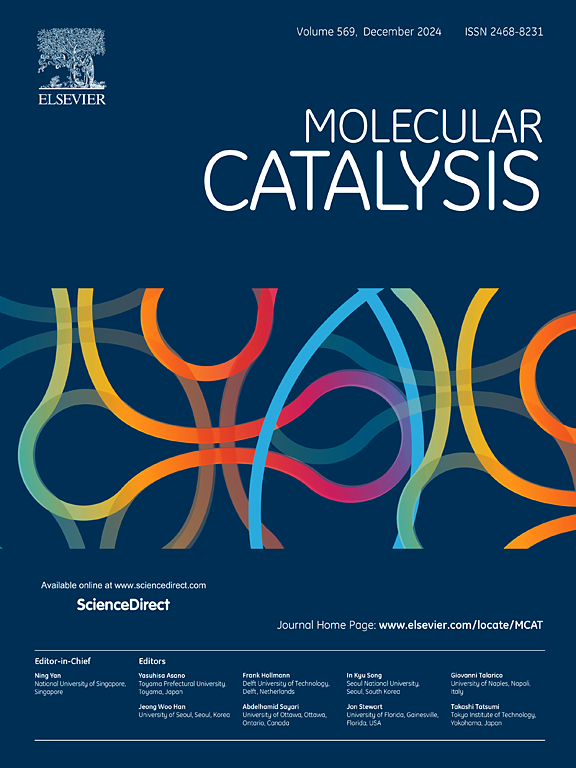A First Principles exploration of pristine and p-block doped triangulene carbon dots for Hydrogen evolution reaction
IF 3.9
2区 化学
Q2 CHEMISTRY, PHYSICAL
引用次数: 0
Abstract
The global pursuit of clean and sustainable energy sources has driven significant research into the hydrogen evolution reaction (HER). In this process, we need catalysts that outperform noble metals, and Triangulene carbon dots (TCDs) are prospective suitors. Therefore, in this study, we explore the potential of pristine and p-block element-doped TCDs as alternative electrocatalysts for HER. Stability is one of the most important virtues for a material to be a good catalyst. We have investigated the cohesive energy and formation energy of doped TCDs, and we observed that N-doped and B-doped TCDs are the most favorable energetically. We observed a lowering of the energy gap with doping, except for Si, leading to an increase in conductivity, which is expected to result in better HER activity. The increased conductivity leads to higher charge transfer between the H atom and TCDs, as validated through Mulliken charge plots. To confirm the enhanced HER activity, we computed the Gibbs free energies, and N-doped TCDs outperformed pristine TCD and B-doped TCD in HER activity, followed by the others, also corroborated by the volcano plot.

求助全文
约1分钟内获得全文
求助全文
来源期刊

Molecular Catalysis
Chemical Engineering-Process Chemistry and Technology
CiteScore
6.90
自引率
10.90%
发文量
700
审稿时长
40 days
期刊介绍:
Molecular Catalysis publishes full papers that are original, rigorous, and scholarly contributions examining the molecular and atomic aspects of catalytic activation and reaction mechanisms. The fields covered are:
Heterogeneous catalysis including immobilized molecular catalysts
Homogeneous catalysis including organocatalysis, organometallic catalysis and biocatalysis
Photo- and electrochemistry
Theoretical aspects of catalysis analyzed by computational methods
 求助内容:
求助内容: 应助结果提醒方式:
应助结果提醒方式:


